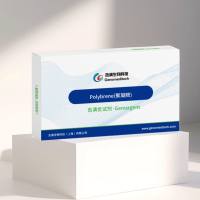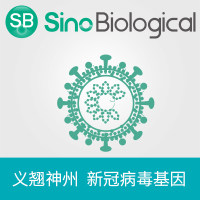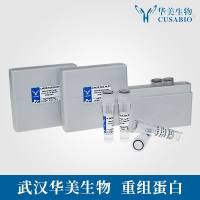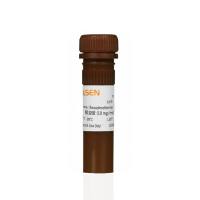Polybrene/DMSOAssisted Gene Transfer
互联网
1184
Efforts to expand the current repertory of cell types amenable to transfection have often been thwarted by a common obstacle-namely, the low tolerance displayed by the recipient cells toward the gene-transfer regimen itself. As a result, several laboratories have turned to the use of synthetic polycations for delivering copious amounts of exogenous DNA to target cells without compromising their viability or clonogenicity. One of these compounds, polybrene, is mostly known for its ability to enhance the infectivity of retroviruses in culture by serving as an electrostatic bridge between the negatively charged viral particles and the anionic components residing on the surface of recipient cell membranes. Recently we, as well as others (1 –4 ), have demonstrated that introduction of naked foreign DNA can be accomplished with high efficiency in a variety of mammalian cell types by exploiting a two-stage gene-transfer schedule in which polybrene is used first to promote the binding of DNA molecules to the target cell population, and dimethyl sulfoxide (DMSO) is then employed to permeabilize the DNA-coated cells. The method is simple to perform and has proven very effective, producing stable transfection frequencies on the order of 0.0l–0.l % with only nanogram quantities of input DNA. In a typical experiment, the process is initiated by bathing the recipient cell population in growth medium supplemented with polybrene and the transfecting DNA. Following a period of incubation during which polybrene-DNA complexes are allowed to form and attach to the cell surface, the cells are permeabilized by a brief exposure to growth medium containing DMSO in order to facilitate the uptake of the adsorbed complexes. The cells are then rinsed to remove the DMSO, and the transfected cell population is allowed to recover in fresh growth medium before being submitted to a dominant selection schedule or assayed for the “transient” expression of the transfected gene.









